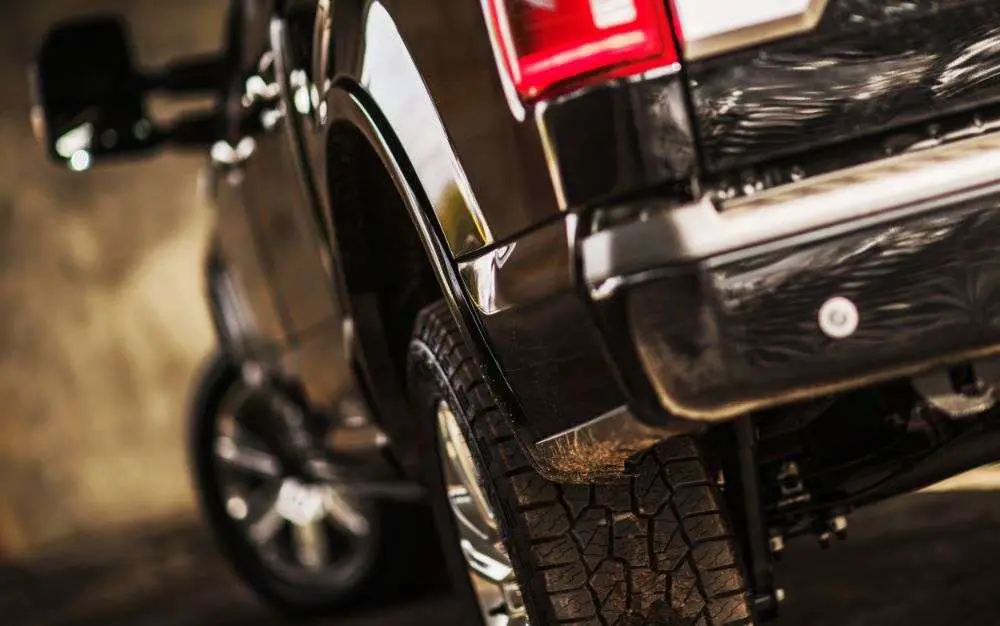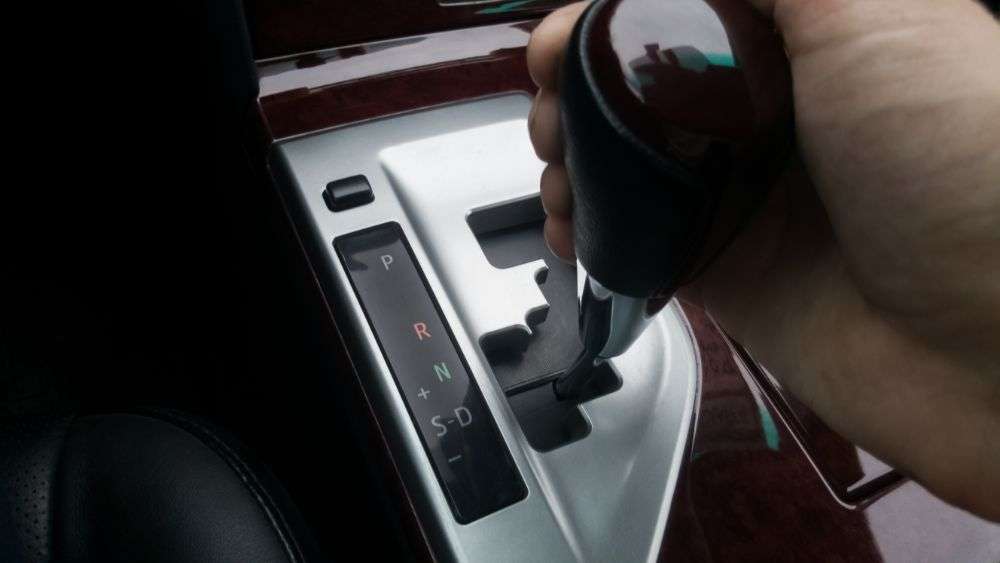So you just bought a new vehicle and now you’re wondering: How to break in your car? It’s important to know. After all, you want to get the most out of your investment, right? Well here are some things you should know about breaking in your new car.
Why you should break into your car?
Your new car comes with brand-new tires that are sensitive to strange forces. If you get everything moving too fast without giving the car some time to get used to its surroundings, you could end up with a flat tire.
Don’t worry! It only takes about 800 km or 500 miles to fully break in your new tires, give or take a few hundred depending on how you drive it.

What should I do during the break-in period?
Break in period starts from day one
The first thing to know about How to break in your car is that it starts from day one of ownership, not after 10,000 miles. It’s important to get into good habits early on with this car. This, along with doing regular maintenance on your vehicle (such as ensuring automatic transmission fluid is changed), will improve its performance and gas mileage.
For example, make sure that you regularly check tire pressure and engine oil level. Doing so will help prevent major problems later on.
Avoid hitting the brakes hard
One thing you should avoid doing when your car is brand new is making sudden stops or hitting the brakes too hard. Doing so can cause damage to your new tires. You’ll want to be careful about what you do in the parking lot, for example.
Likewise, try to drive slowly during the break-in period. It’ll take about 500 miles before your new tires are fully broken in and ready for high speeds.

Avoid driving at high speeds
Driving at high speeds for the first few hundred miles after purchase could cause damage to your new car. You might think driving at higher speeds right away will save time and get you where you need to be sooner, but it’s actually better to go the speed limit and let your engine and other high-speed components of the car break-in at a slower pace.
Avoid aggressive driving
Aggressive driving should be avoided during the first 1,600 km (1,000 miles). This includes excessively accelerating and decelerating unless you’re attempting to avoid an accident.
Aggressive driving will put more wear and tear on your car than normal, so it’s recommended that you take it easy for the first 1,600 km (1,000 miles).
Do not drive at a constant speed for an extended period
When a brand-new car is driven continuously at steady speeds for extended periods of time (such as when travelling on highways in mountainous terrain), particularly trucks and pickups, the catalytic converter could become overheated and fail early.
As a result, it’s important to take your new car for a test drive on different types of roads so you get a feel for how it handles in various conditions. This will let all of the components in your car wear in together, rather than prematurely wearing out any one component with too much use. This way, you won’t shy away from driving in anything but ideal conditions.

Avoid continuous driving in low gear.
The key to breaking in your car is limiting the number of times you use the lowest gears. Continuously using your vehicle’s lowest gear can cause premature failure of those parts because they’re being used too much without having time to relax. If you want your car to last as long as possible, then avoid continuous driving in low gear.
This can be avoided by taking it easy during the first 800 km (or 500 miles). This will let all of the components in your car wear in together, rather than prematurely wearing out any one component with too much use.
Avoid offroad use
Avoid taking your car off into rougher terrain during the break-in period. It can cause wear and tear that will affect performance later on so be sure to avoid this.
You’ll want to stay on the pavement and either drive around or take public transportation for a while until your new car is fully broken in and ready for all-terrain.
Avoid towing heavy loads
If you tow a trailer soon after buying your car, it’s possible that the towing could cause significant damage that won’t be covered by warranty. Towing a trailer puts much more stress and weight on your drivetrain than normal. To minimize wear and tear on your vehicle, avoid towing heavy loads for the trucks’ first 800 km or 500 miles.

What should I do after the break-in period?
After you’ve followed all these guidelines to break in your car, then you can go ahead and enjoy driving your new car with confidence!
With roughly 800km (or 500 miles) on your car’s belt, you’re in the clear. Once everything is broken in and ready to go, enjoy!

